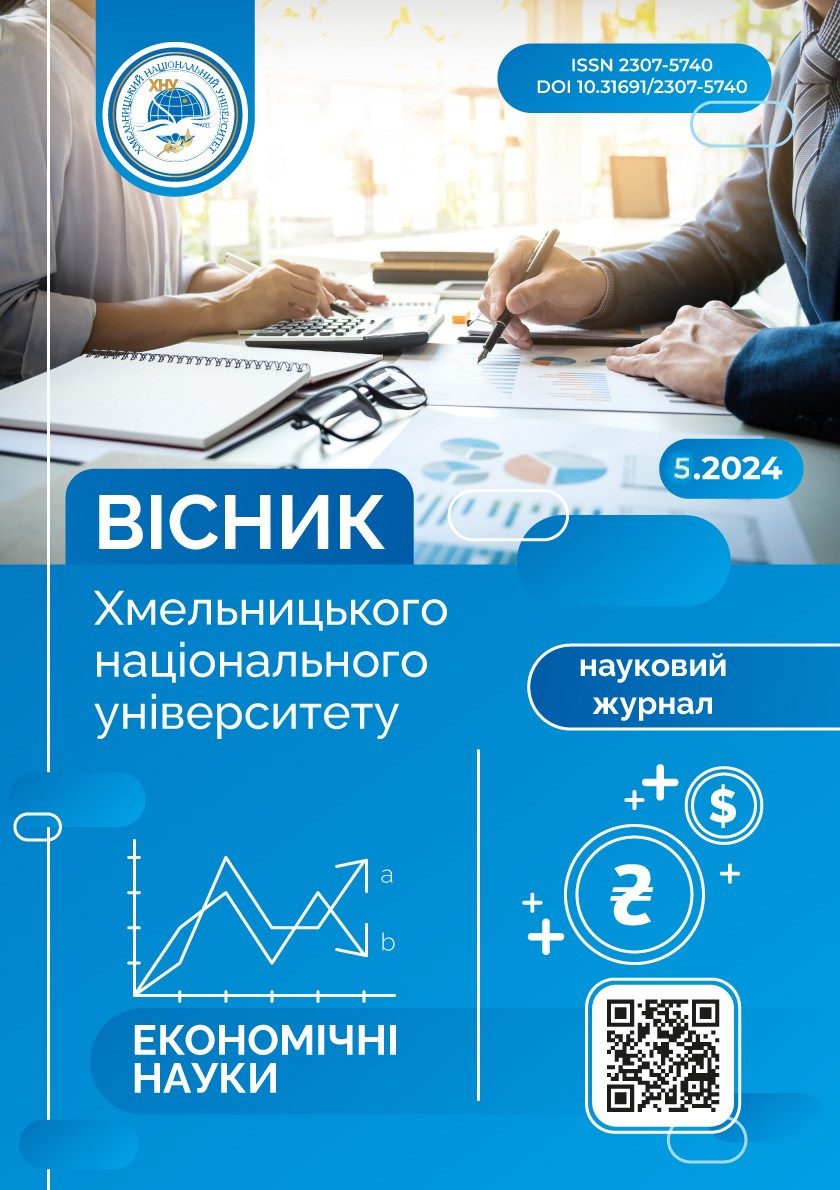THE IMPACT OF ARTIFICIAL INTELLIGENCE (AI) ON THE DEVELOPMENT OF ONLINE MARKETING
DOI:
https://doi.org/10.31891/2307-5740-2024-334-47Keywords:
artificial intelligence, AI, internet marketing, marketing automation, content personalization, data analysis, consumer behavior forecasting, chatbots, targeting, profitability, digital marketing, marketing strategies, big data, analytics, marketing tools, business process optimization, customer experience, AI technologies, artificial neural networksAbstract
This article is aimed at studying the impact of artificial intelligence (AI) on the development of online marketing. The aim of the study is to assess how the use of AI technologies helps to increase the effectiveness of marketing strategies, improve customer interaction, and optimize business processes. The article will discuss various aspects of AI in online marketing, such as automation of advertising campaigns, content personalization, user data analysis, consumer behavior forecasting, and chatbot development. The study will demonstrate how artificial intelligence contributes to increasing conversions, improving ad targeting, and increasing the profitability of online marketing campaigns. The scientific novelty consists in analyzing specific examples of successful AI application in marketing strategies of companies from various industries, and also identifying key factors that determine the effectiveness of AI in online marketing. The practical significance is that the results of this study can be used by marketers to implement AI tools to increase the competitiveness of companies in the digital market. Prospects for further research include a deeper analysis of new AI algorithms, their impact on marketing processes, and research on future trends in the use of AI in online marketing.


